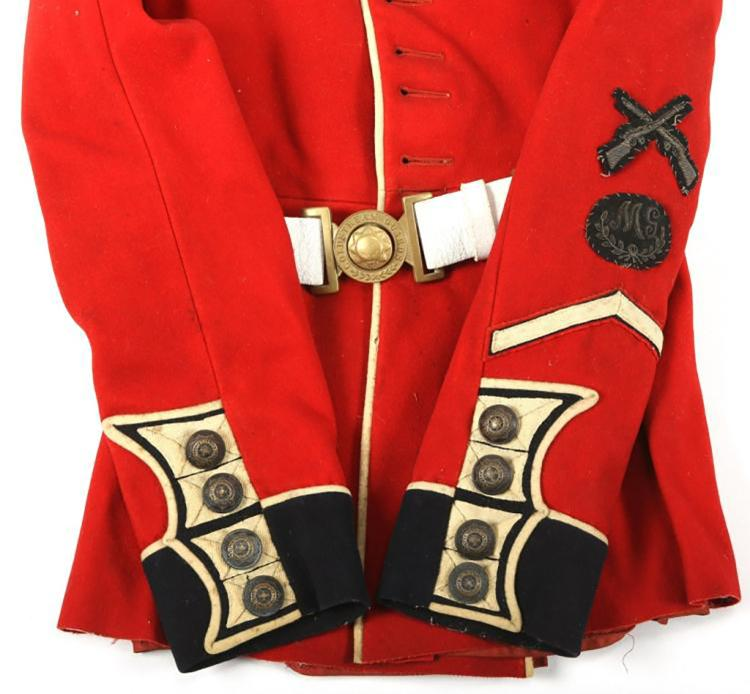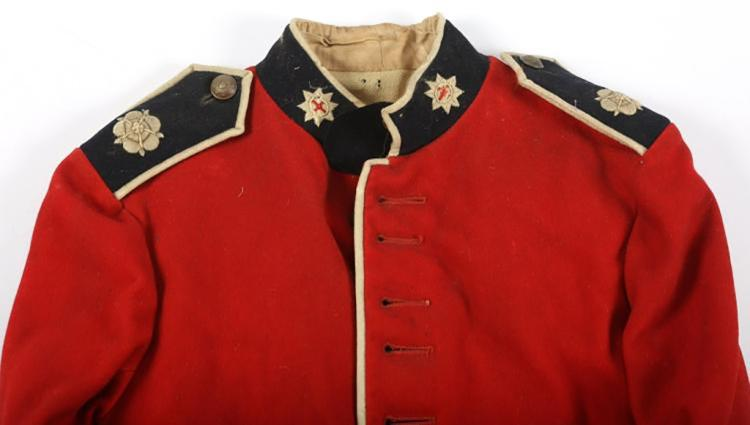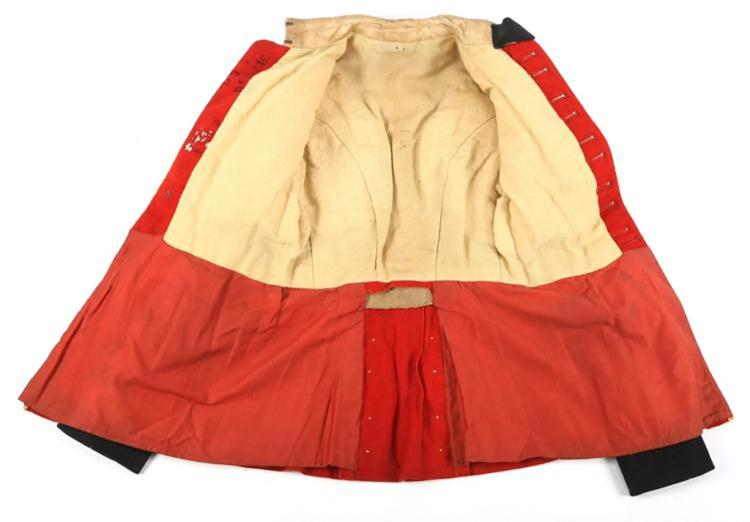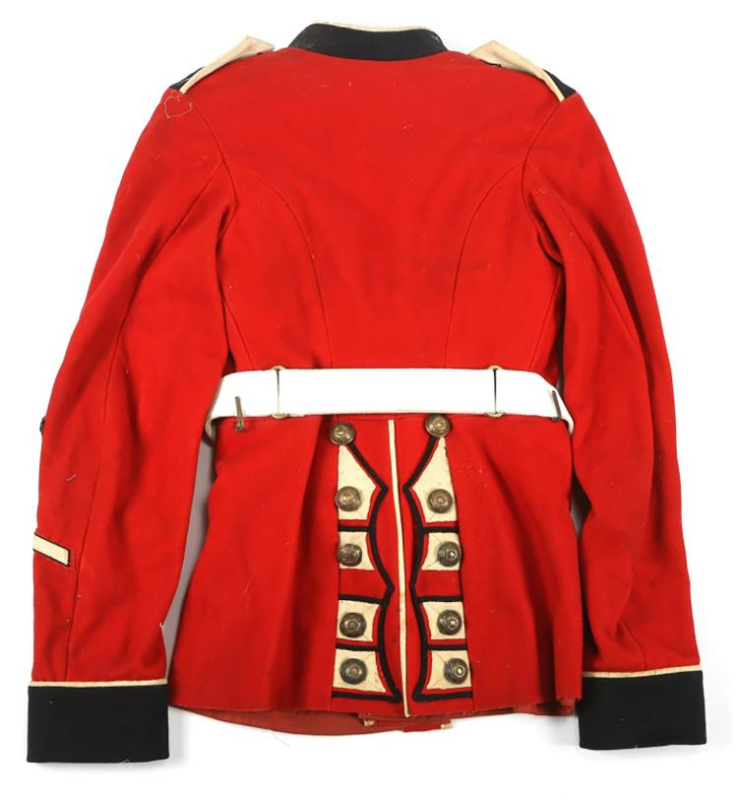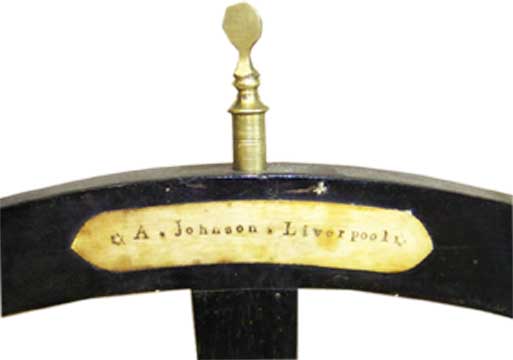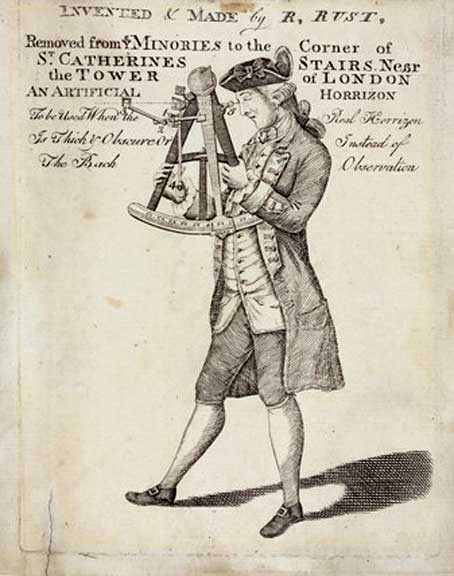Search the Community
Showing results for tags 'Pre-Napoleonic Era'.
-
Just started reading a book called The Guards Brigade in the Crimea by Michael Springman. Not too far into it yet, but it's already fascinating. The idea of purchasing your commission seems a bit foreign nowadays, but I always assumed that it was left over from mediaeval times or something like that. Interestingly, there is a whole page about it in the above book which sums it up nicely. The short version is that when Cromwell used his new army to take over and control Parliament, it made a profound impact on the English leaders and politicians. So much so that it would be 200 years before they "got over it". Cromwell's military officers were men acting on Religious and patriotic principals who trained to a point of excellence. As soon as the monarchy was restored, Parliament decided that officers could and would only be selected from the families who had a stake in the running of the country and the money to support the monarchy and Parliament. Therefore, the practice of purchasing a commission was instituted -- and stayed in place until the reforms of 1871. This is an aspect of history that I'm always interested in and would be happy to hear thoughts on the system and whether the above seems correct, etc. Generally, what I've found online ascribes various motives to the purchasing of commissions, but usually just "good reasons" for the way certain people could or could not move up the ladder of promotion, the use of cashiering as discipline, etc. @FROGSMILE Tagging you here, as I'd be interested in your thoughts and input on this topic.
-
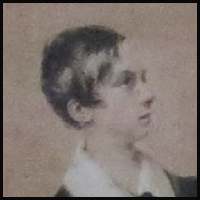
Multiple Eras Coldstream Guards: Share Any Original Militaria
GCCE1854 posted a topic in Uniforms, Insignia, Equipment & Medals
Starting a thread for everyone to share any photos/finds of all types of militaria from the Coldstream Guards. This can include everything and anything that was used by a Coldstream Guard -- uniforms, helmets, caps, badges, buttons, letters, medals, weapons, etc. It's always so much nicer to see some real items when researching, so let's share some photos (from your own collection or anything you can find). To start off with, here are some really great photos of a Coat. This was only listed as "Early Genuine British Coldstream Guards Dress Uniform with Belt" - no year given. I'm not experienced enough to date it, but these are some great photos! This coat was sold for $200.00 at Worthington Galleries (Gallatin, TN) on 19 May 2018.- 11 replies
-
- Pre-Napoleonic Era
- Victorian Era
-
(and 2 more)
Tagged with:
-
 This topic is meant to serve as a sort of "Table of Contents" for various useful threads that discuss the basics/details of uniforms, insignia, equipment and medals issued by the UK, making it easier to find out where to learn and post about your great collection pieces or current subject of research. Every thread here is open and active, so please feel free to post your thoughts, questions and photos as often as you'd like to share. While they are meant to serve as good reference for those wanting to learn, they're also meant to be great discussions between members. Please, enjoy the discussions and add to these threads. Thanks! If you think a thread should be added to this directory, just message any Ground Crew Member or Moderator. MEDALS & AWARDS - - - - - - - - - - - - - - - - - - - - - - - - - - - - - - - - - - - - - - - - - - - - - - - - Crimea Medal (1854-56) Distinguished Conduct Medal (DCM) Distinguished Service Order (DSO) Military Cross (MC) Punjab Medal (1849) War Medal, 1939 to 1945 WWII Defense Medal UNIFORMS, HELMETS & HEADGEAR - - - - - - - - - - - - - - - - - - - - - - - - - - - - - - - - - - - - - - - - - - - - - - - - Uniform Reference Books Bearskin Helmets: The Iconic Headdress of the Foot Guards South Wales Borderers, Officer's Field Service Caps British Army and RAF contract numbers Part 1:6/CLO... British Army and RAF contract numbers Part 2: A/78/CLO... used from 1961 to 1980 BADGES & INSIGNIA - - - - - - - - - - - - - - - - - - - - - - - - - - - - - - - - - - - - - - - - - - - - - - - - Airborne Pegasus Patches Airborne WWII Cloth Insignia British Royal Cyphers on Buttons Glider Pilot Regiment Brevets The Kings Own Scottish Borderers RFC / RAF Cloth Wing Badges Robin Hood Formation Signs Patches WW2 Era British Paratrooper Wings
This topic is meant to serve as a sort of "Table of Contents" for various useful threads that discuss the basics/details of uniforms, insignia, equipment and medals issued by the UK, making it easier to find out where to learn and post about your great collection pieces or current subject of research. Every thread here is open and active, so please feel free to post your thoughts, questions and photos as often as you'd like to share. While they are meant to serve as good reference for those wanting to learn, they're also meant to be great discussions between members. Please, enjoy the discussions and add to these threads. Thanks! If you think a thread should be added to this directory, just message any Ground Crew Member or Moderator. MEDALS & AWARDS - - - - - - - - - - - - - - - - - - - - - - - - - - - - - - - - - - - - - - - - - - - - - - - - Crimea Medal (1854-56) Distinguished Conduct Medal (DCM) Distinguished Service Order (DSO) Military Cross (MC) Punjab Medal (1849) War Medal, 1939 to 1945 WWII Defense Medal UNIFORMS, HELMETS & HEADGEAR - - - - - - - - - - - - - - - - - - - - - - - - - - - - - - - - - - - - - - - - - - - - - - - - Uniform Reference Books Bearskin Helmets: The Iconic Headdress of the Foot Guards South Wales Borderers, Officer's Field Service Caps British Army and RAF contract numbers Part 1:6/CLO... British Army and RAF contract numbers Part 2: A/78/CLO... used from 1961 to 1980 BADGES & INSIGNIA - - - - - - - - - - - - - - - - - - - - - - - - - - - - - - - - - - - - - - - - - - - - - - - - Airborne Pegasus Patches Airborne WWII Cloth Insignia British Royal Cyphers on Buttons Glider Pilot Regiment Brevets The Kings Own Scottish Borderers RFC / RAF Cloth Wing Badges Robin Hood Formation Signs Patches WW2 Era British Paratrooper Wings-
- 20th Century
- Victorian Era
-
(and 2 more)
Tagged with:
-

Pre-Napoleonic Era 1746 Newspaper description of Troop Conveyance Transport Wagon
stratasfan posted a topic in The Army
Mom was going through some old British papers, and found this cool article.March 1746. Anyone ever heard of these or seen an illustration? Would love to know if they used these and what they looked like or were called! (That "f" is a double "s", so just read it as an "s".- 1 reply
-
- 1
-

-

Multiple Eras 1750-1800 British Back Sight Octant
Kanemono posted a topic in Uniforms, Insignia, Equipment & Medals
ENGLISH BACK SIGHT OCTANT by Spencer, Browning & Rust An octant is a portable instrument that uses a small mirror to bring two images together--those of the sun and the horizon, for instance--to determine latitude at sea by observing the altitude of celestial bodies. It has an arc of 45o or more that measures angles of 90o or more. John Hadley described an instrument of this sort to the Royal Society of London in 1731 and obtained a British patent in 1734, and so octants are sometimes known as Hadley quadrants. This mariner's octant was made during the last half of the 18th Century and is the work of Spencer, Browning & Rust under private label for A. Johnson. It has two horizon mirrors and two peep sights. The lower assemblage is for taking “back sights“ and the upper is for traditional observations. The mark, SBR, Spencer, Browning & Rust, appears on the arc between 45°; and 50°. SBR is known to be one of England's foremost instrument makers. The sharpness of the arc's numerals shows that this instrument was made to the highest level of then existing technology by a company that stood at the top of its trade. You can clearly see the mark of SBR between 45 and 50 degree position on the arc. A. Johnson name is on the cross piece of the arc. The ivory arc measures from - 5 to plus 95 degrees on a ebony frame which is in excellent condition. It is known that mahogany went out of use in favor of ebony some time after 1750. The octant has a flat brass index arm without a stiffening brace that measures 14 inches from its top to the bottom of the index arm. Tangent screws began replacing finger clamps in the last quarter of the 18th Century. There are two horizon mirrors, each mounted on an adjustable turntable where the base can be rotated by loosening a screw which locks the mirror's position. There is a single set of three shades which may be moved from the upper to lower position. The ivory vernier scale reads from right to left from 20 to 0 arc minutes. There are two peep sights. The adjustable tangent screw followed the use of the index arm clamp which ended around the last quarter if the 1700's. All of these features date the instrument after 1750 and before 1800.

